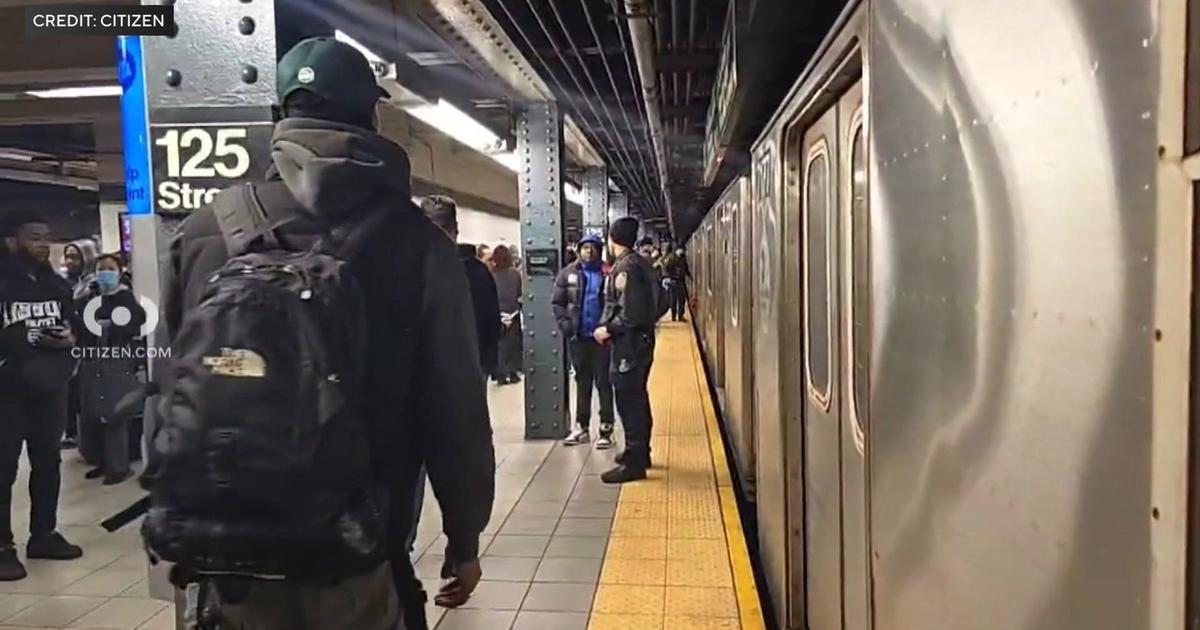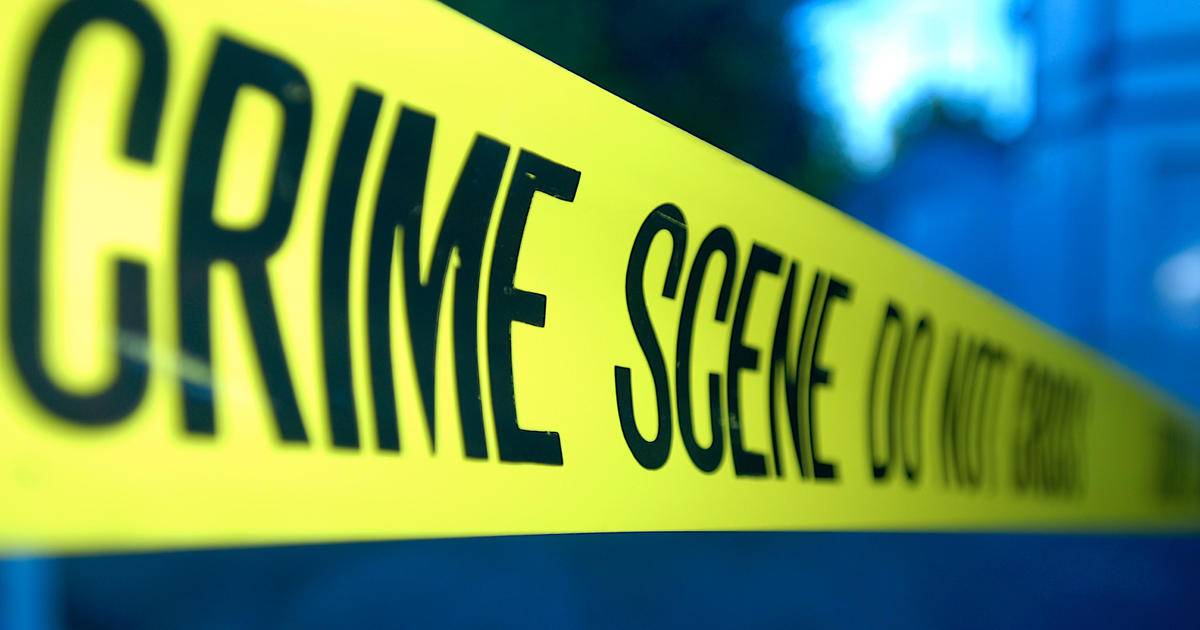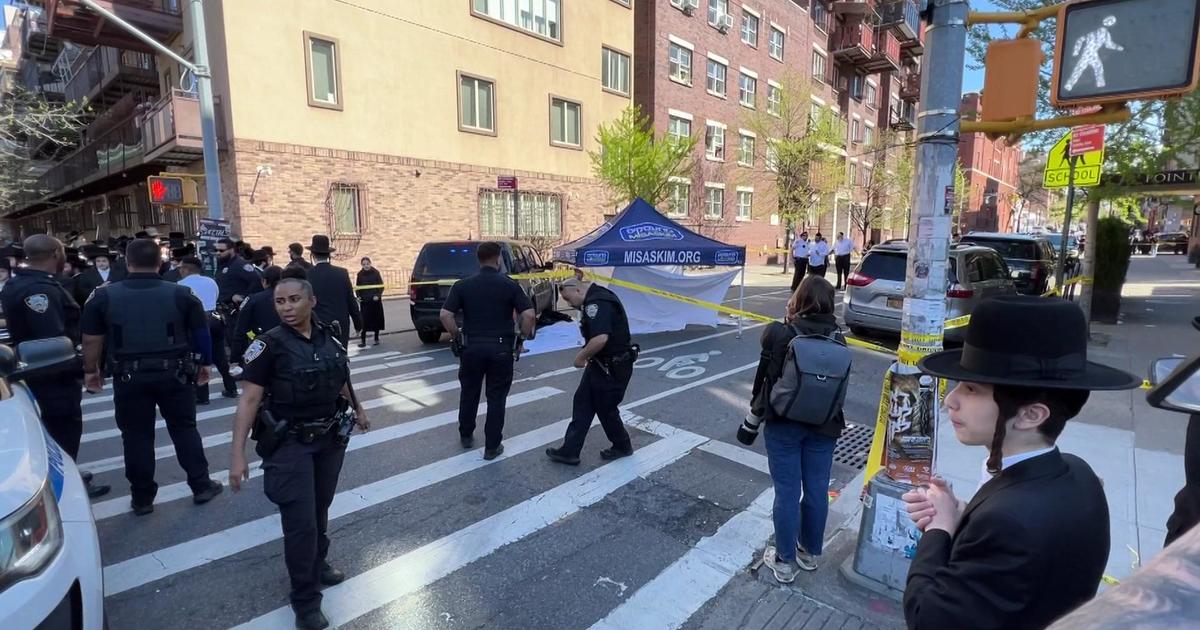'PathoMap' Breaks Down Bacteria, Other Microorganisms At City's Subway Stations
NEW YORK (CBSNewYork) -- You might think the New York City subway system is not always the cleanest place in the world, but researchers have begun undertaking a mission to find out just what microorganisms are lurking at your local stop.
The PathoMap was developed by a group of geneticists led by physics and biophysics assistant professor Christopher Mason of Weill Cornell Medical College. They have been combing the subway system to swab surfaces and collect specimens, so as to develop a map of what they called an "urban microbiome."
The idea for the PathoMap goes back to 2010, when Mason picked up his daughter from day care and saw that she and all of the other children were playing with the same toys and putting them in their mouths.
"What is on those toys, and the surfaces in this environment, and all the other environments, and how much is my daughter absorbing every day?" Mason was quoted on the PathoMap website.
The resulting study led in 2013 to the launch of the study that created the PathoMap, which used the subway system as a representation of the population of New York City. The results of the study could be used by the city for long-term disease surveillance, response to bioterrorism threats, and long-term health maintenance, according to a Weill Cornell news release issued Thursday.
The release on the PathoMap emphasized that the findings were "generally reassuring, indicating no need to avoid the subway system or use protective gloves," the release said.
But 12 percent of the bacteria found on the subway system were associated with disease. Antibiotic-resistant bacteria were found in 27 percent of the samples collected, and two samples turned up DNA fragments of Bacillus anthracis, which is anthrax, and three samples turned up a plasmid associated with Yersinia pestis, or Bubonic plague, the release said.
But researchers emphasized that there is no evidence that the scary bacteria are even alive, and there is also no evidence that they are linked to any disease.
"They are instead likely just the co-habitants of any shared urban infrastructure and city, but wider testing is needed to confirm this," Mason said in the release.
Nary case of Bubonic plague has been reported in New York City since the study began, the study emphasized.
"Despite finding traces of pathogenic microbes, their presence isn't substantial enough to pose a threat to human health," Mason said in the release. "The presence of these microbes and the lack of reported medical cases is truly a testament to our body's immune system, and our innate ability to continuously adapt to our environment.
The PathoMap breaks down every point where swabs were taken at each of the city's subway stations – including benches, turnstiles, stairway railings, trash cans, and kiosks – and the taxonomic classification of the bacteria, viruses and fungi that were found.



